Granulation (G) is the pronounced appearance of pigment particles on paper, creating a non-uniform texture in the paint layer in the form of visually noticeable small spots or flakes. Granulation is explained by the tendency of particles of some pigments to coagulate: on the wet surface of the sheet, particles of some pigments, moving in water layer, gravitate to each other, forming visible clusters. In watercolor painting, this feature is expressed in the tendency of the pigment to granulate or in other words, form a noticeable paint sediment. Ultramarines, cobalt’s and cadmium pigments, earths, black and Brown Mars, chromium oxide have an initial tendency to granulation. The most obvious granulation shows itself in priming when paper with coarse texture and earthy water are used.
The effect of granulation, as well as the effect of stratification and overflow of pigments, is most visible when working in a wet sheet, with a thick soft brush, when the pigments can move freely in water. The effect of stratification and granulation does not fully appear immediately, but after drying of the paper, when the movement of pigments stops completely. When mixed in water, the granulating pigment particles gravitate to each other and fall down to the surface of the paper first, forming a basic texture, and the other pigment particles continue to move and stop only with evaporation of the aqueous medium, forming the final form of work.
Deep and complex shades of granulating paints can be obtained by selecting colors that have the necessary characteristics independently, and ready-made compound paints of a special series can be used.
The paints of the new series mesmerize by the movement of pigments in the water. They show their extraordinary character in wet work most interestingly, when a large amount of water on a sheet allows paint to move freely.
With a large amount of water in the brush, you can also see color transitions and granulations after the painting dries. The effects of pigment delamination in painting appear sometime after the paint strokes of this series are applied, and they are best seen when the work is dry.

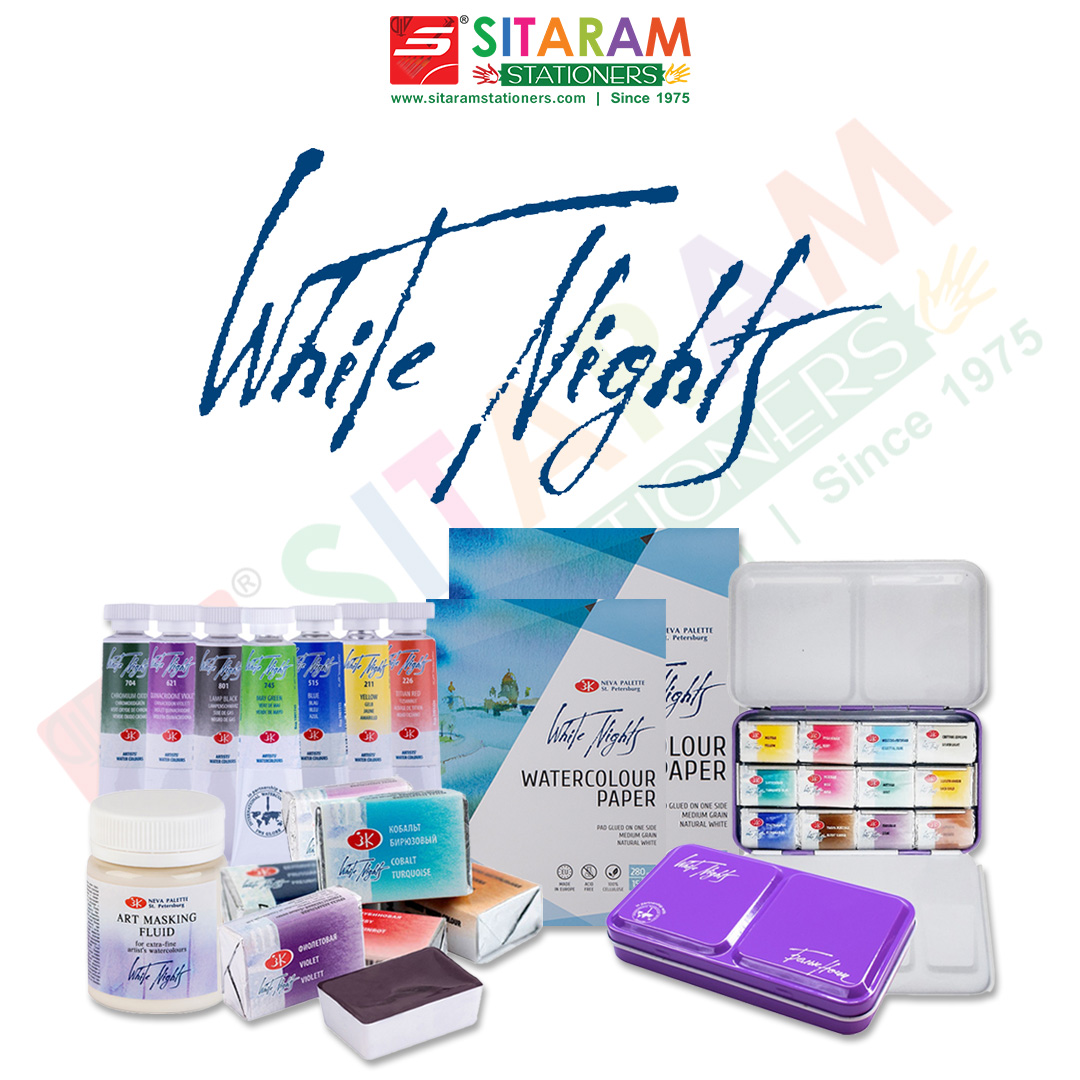


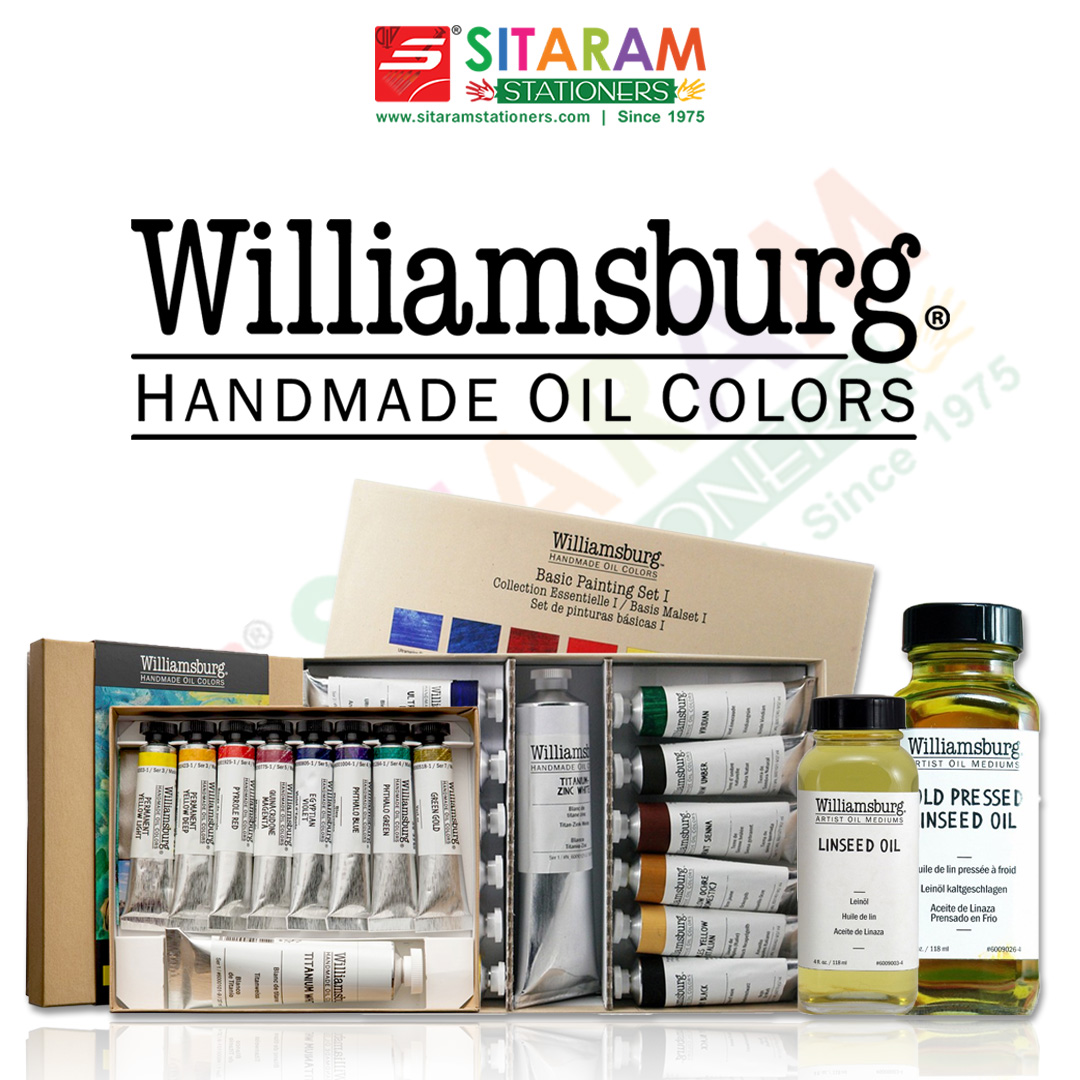
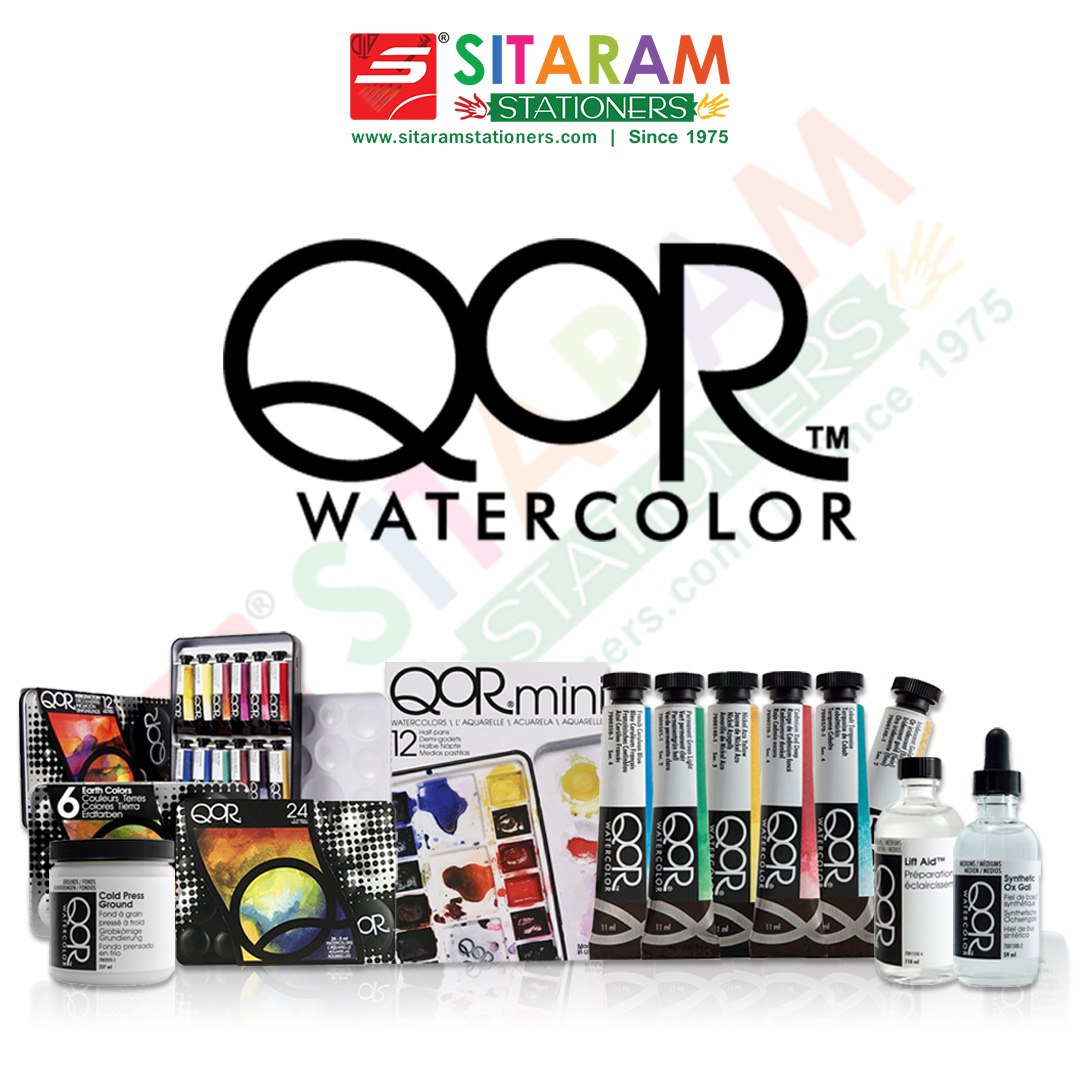


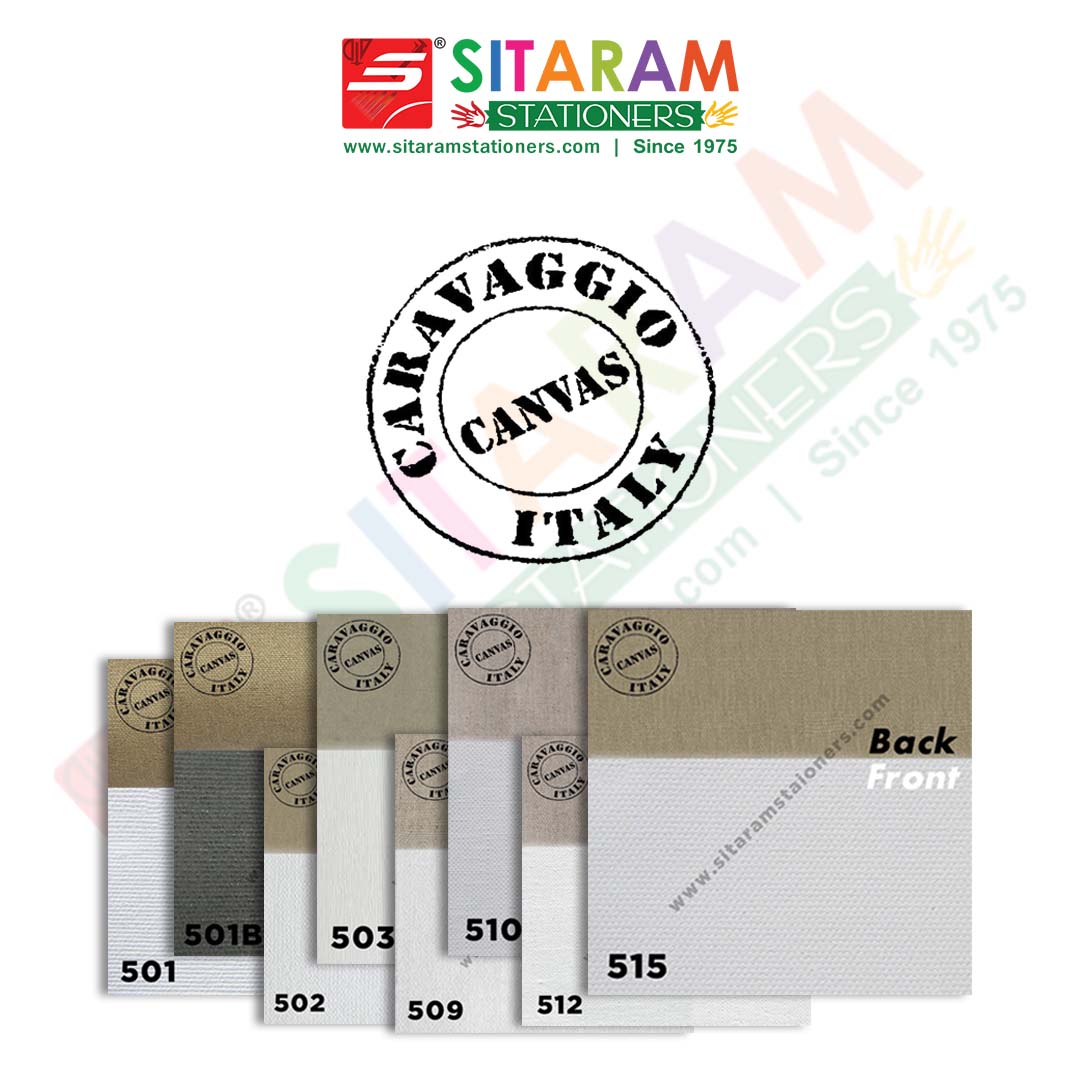
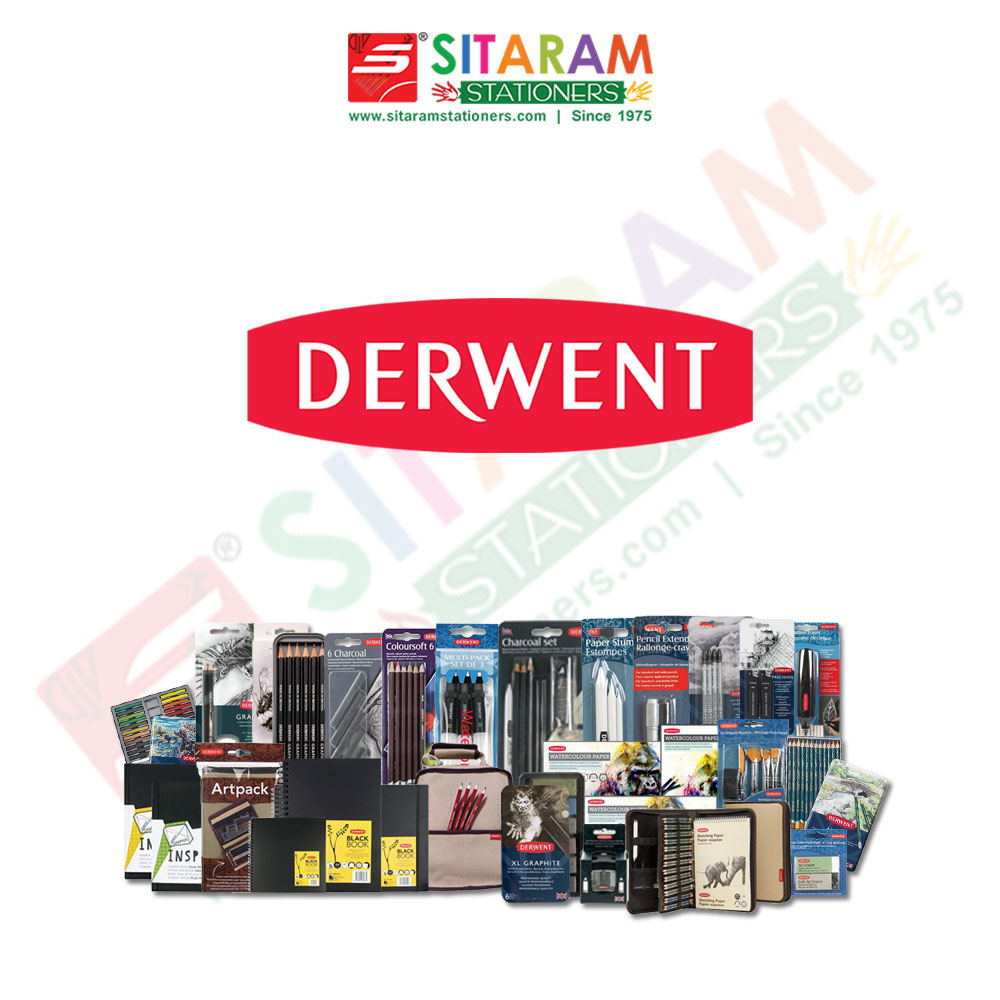



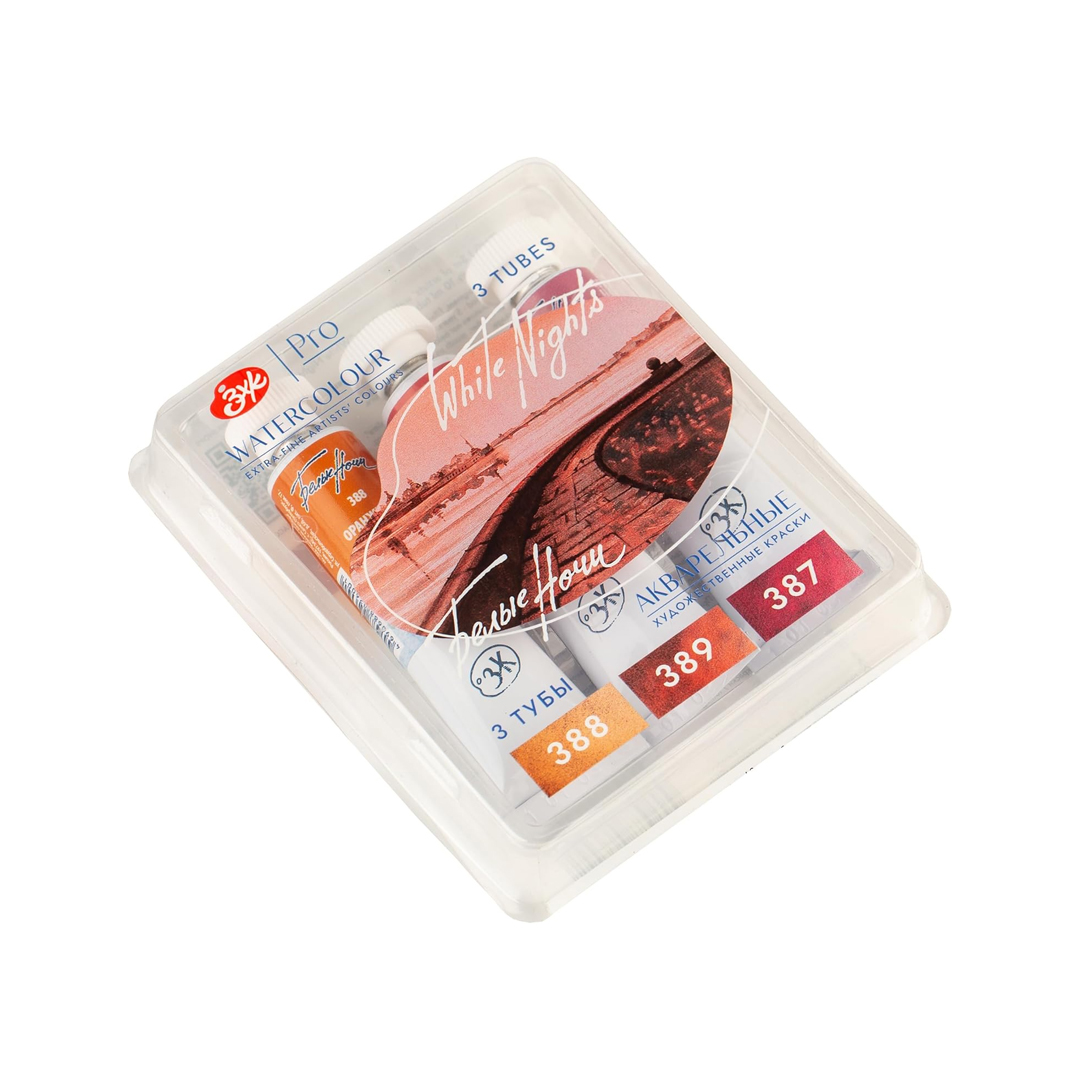
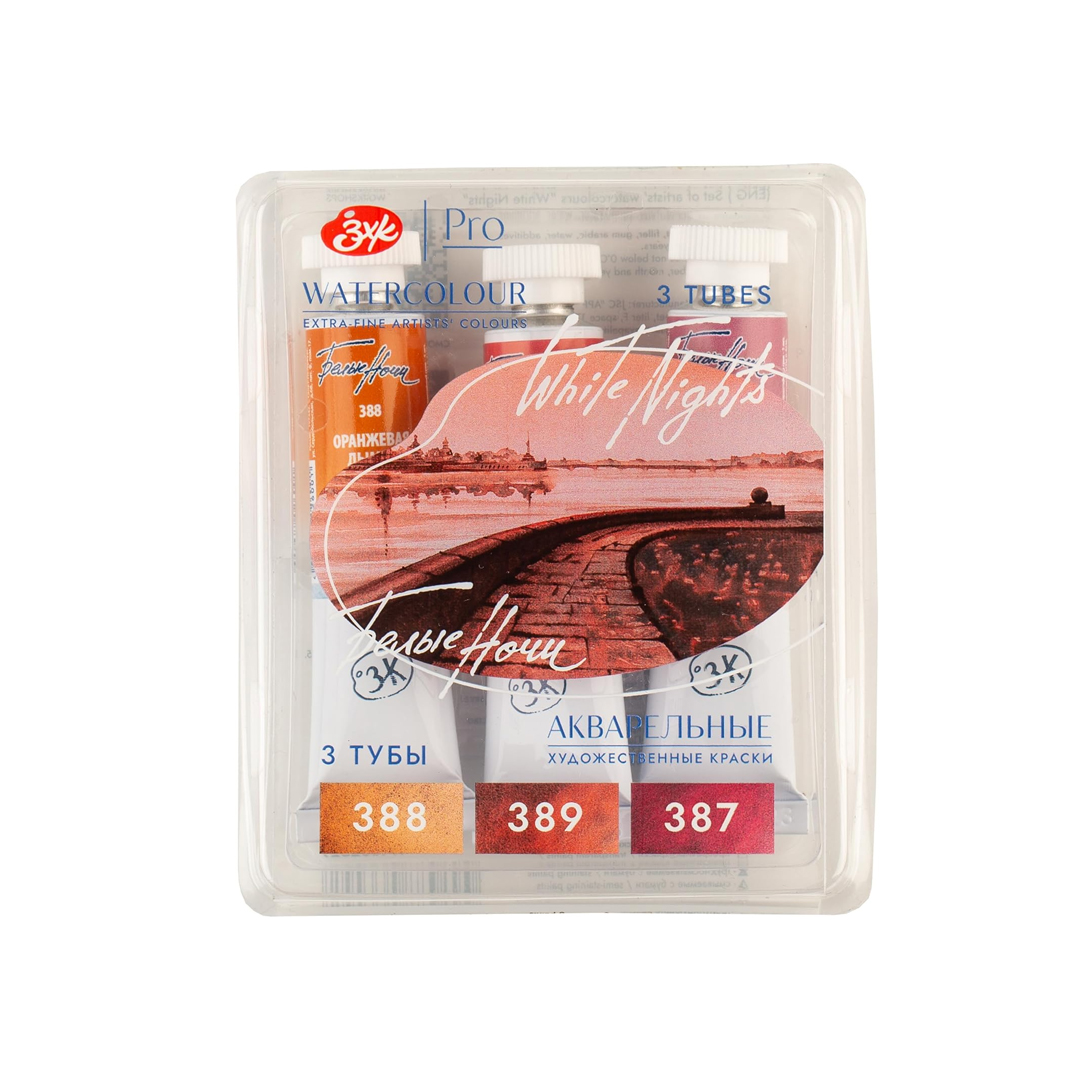


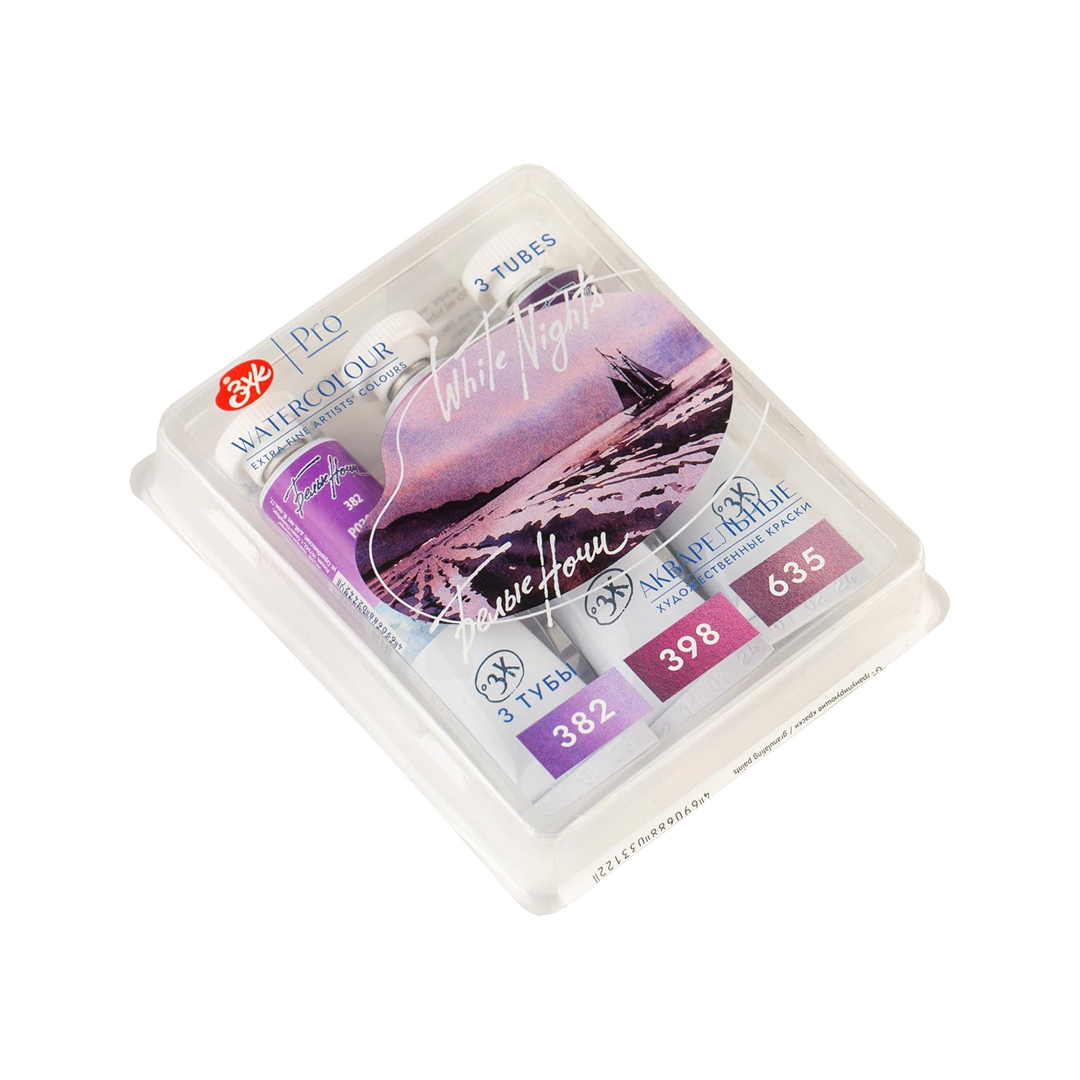

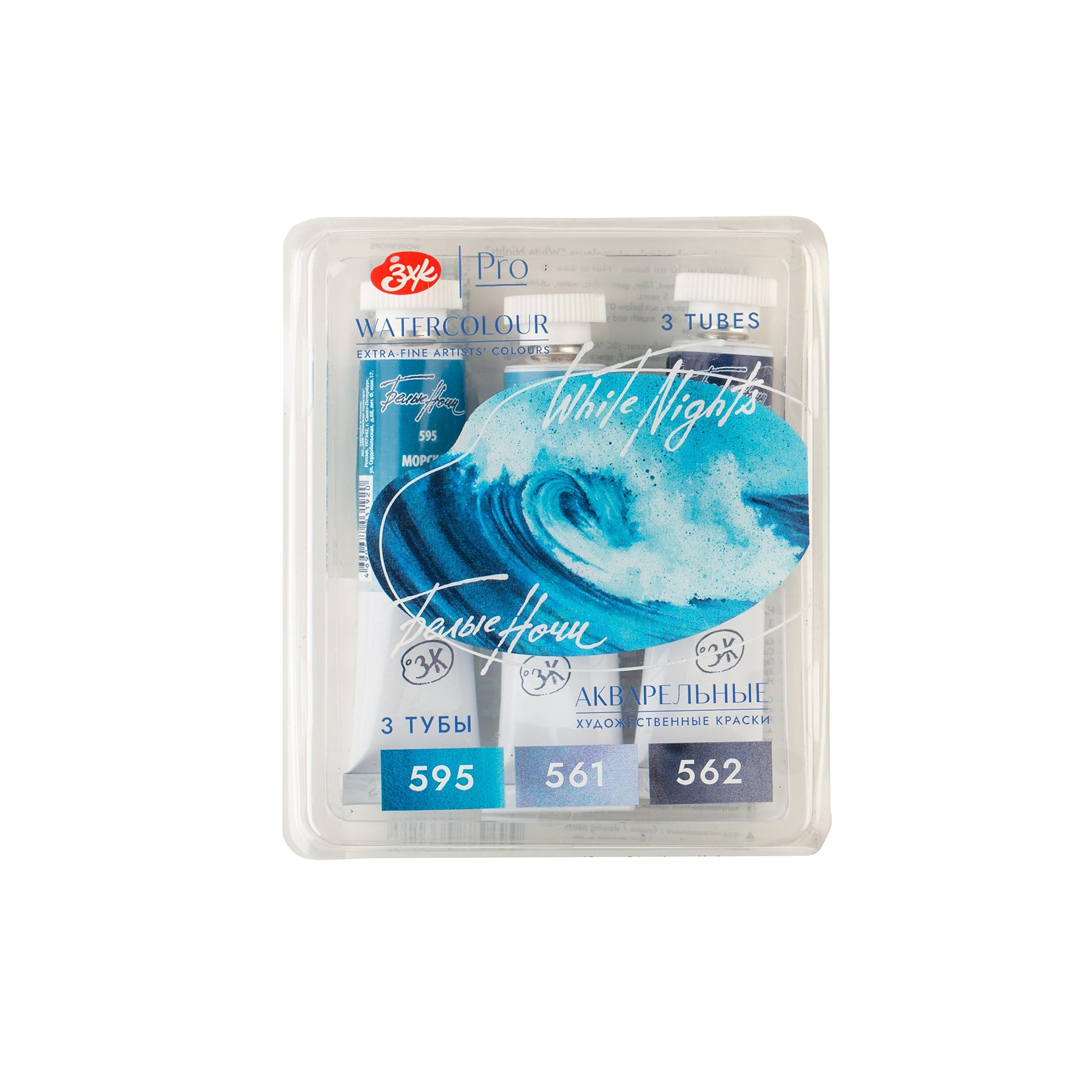
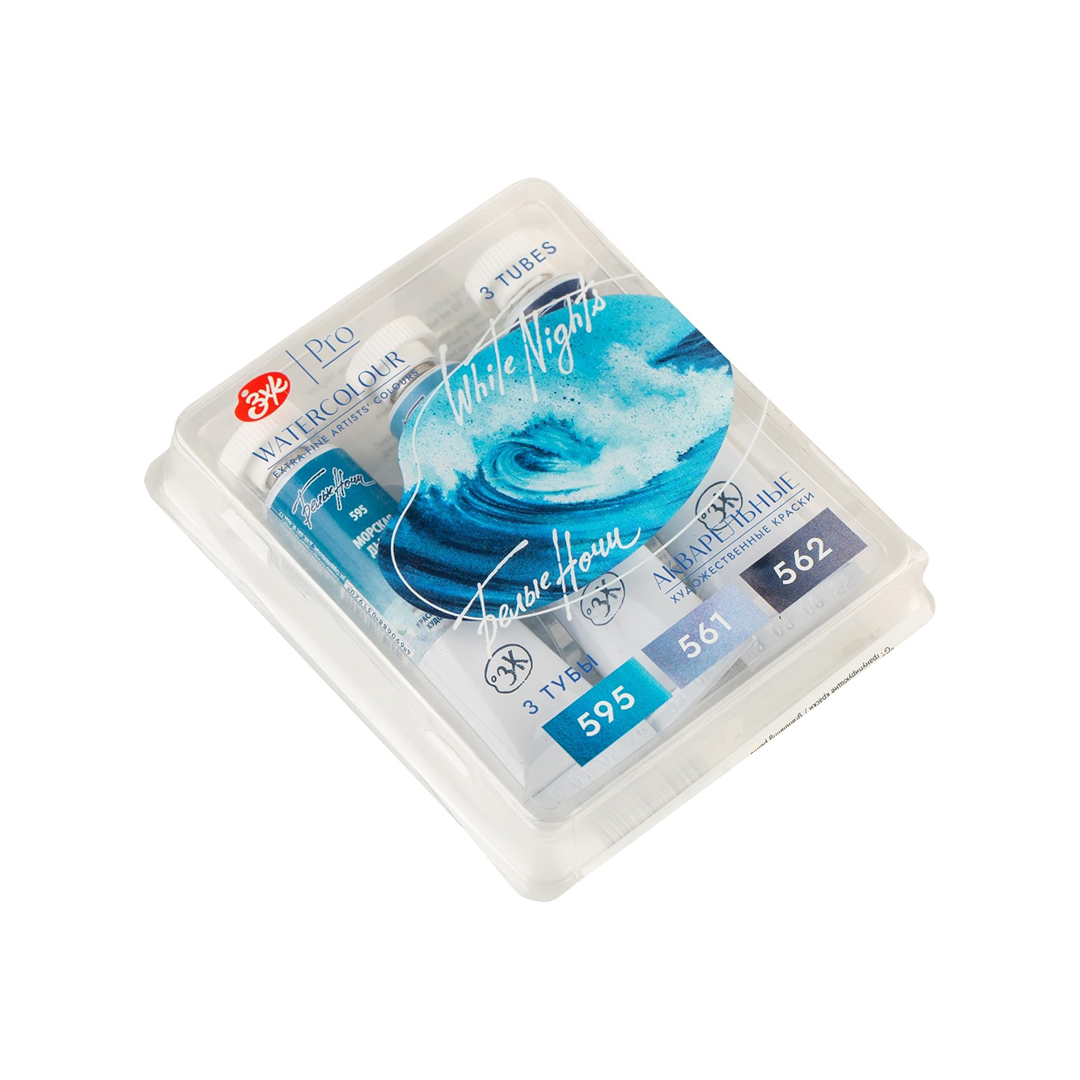


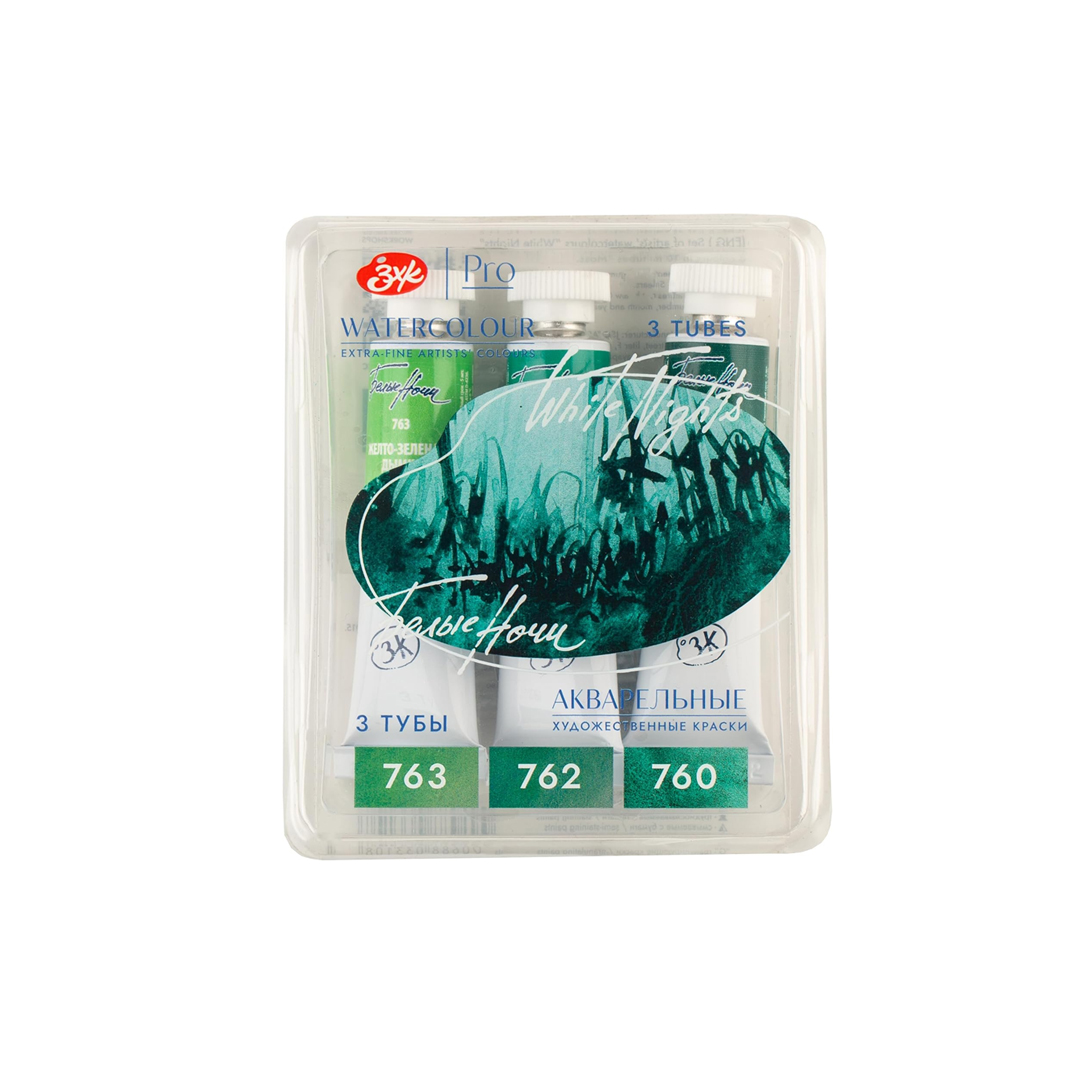

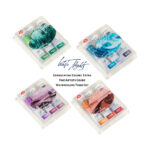
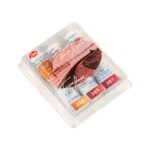
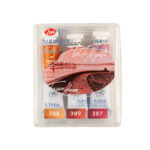
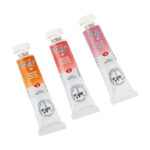
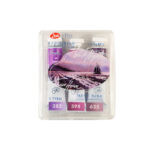
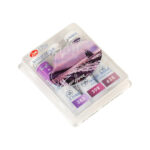
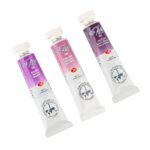
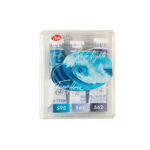
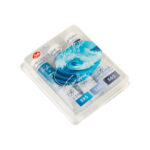

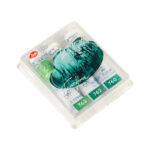
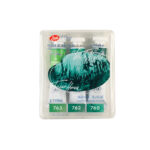
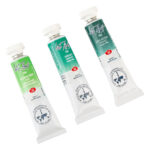
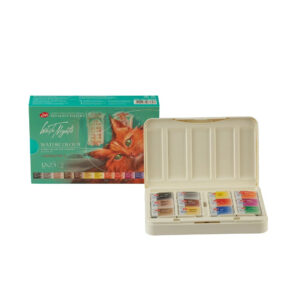

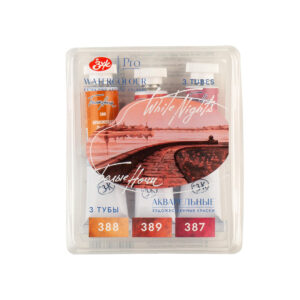
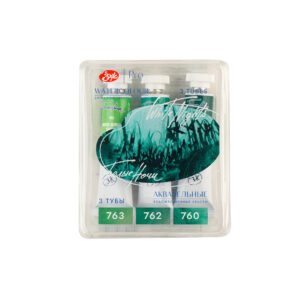
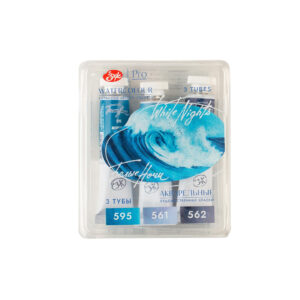


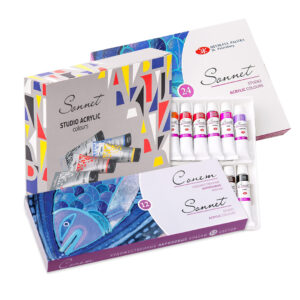
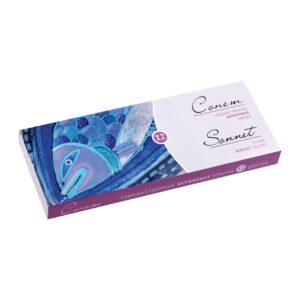












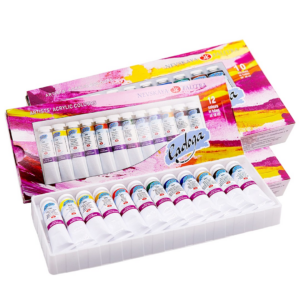


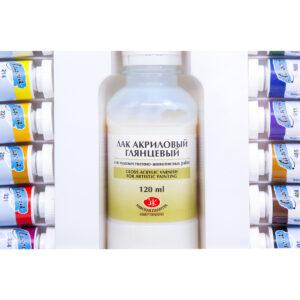


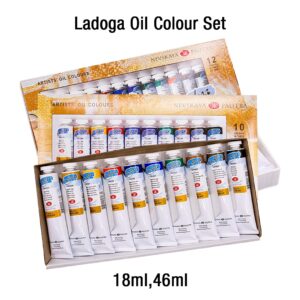
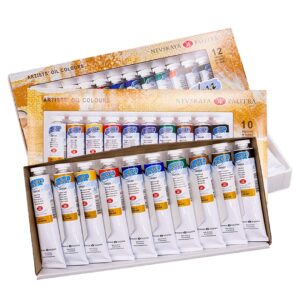

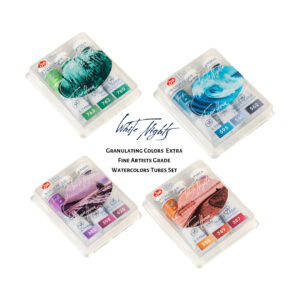
Reviews
Clear filtersThere are no reviews yet.